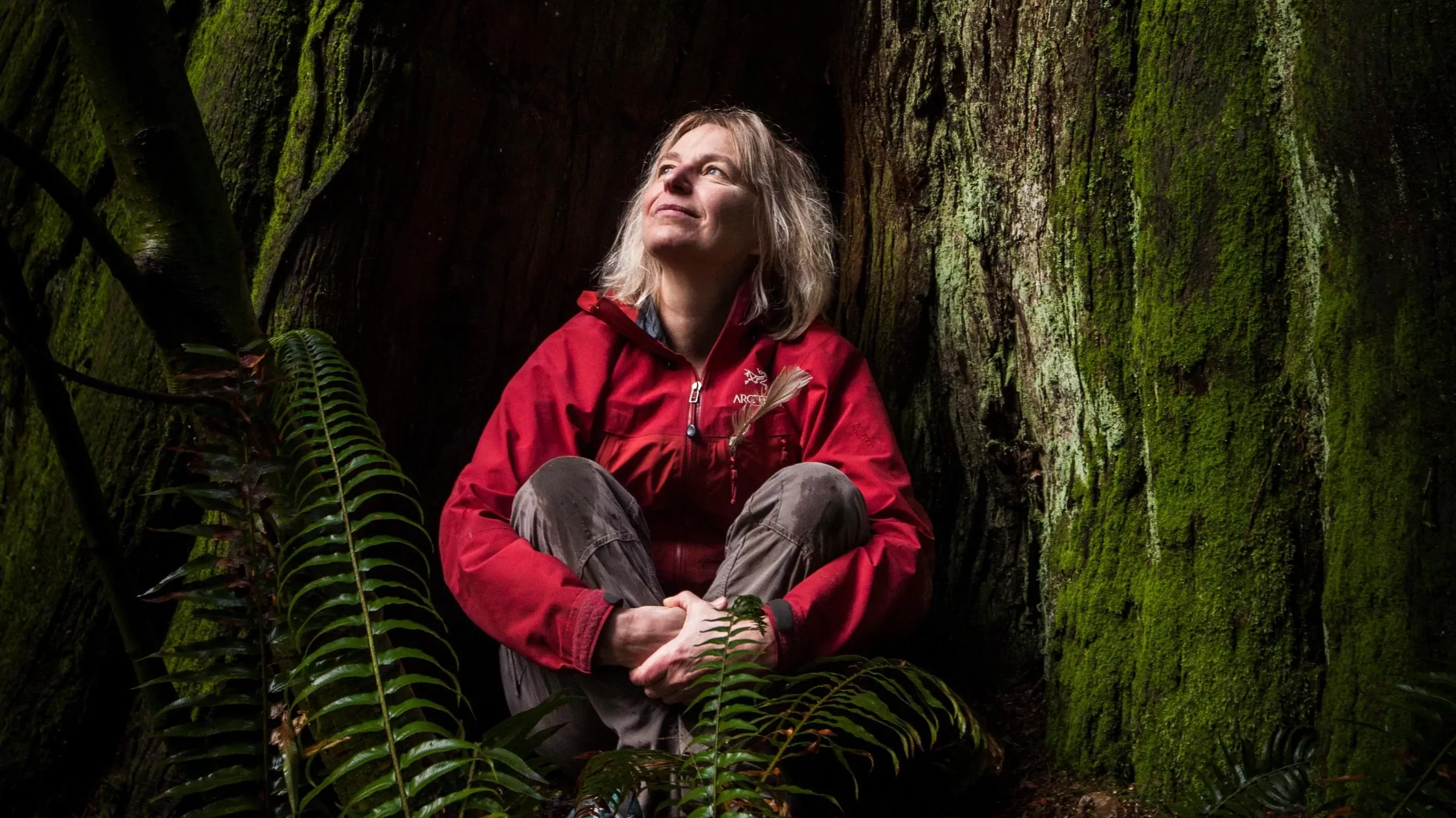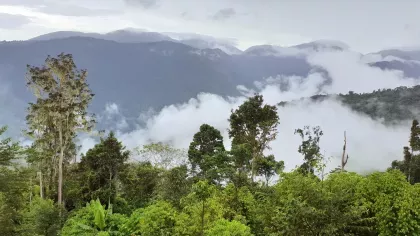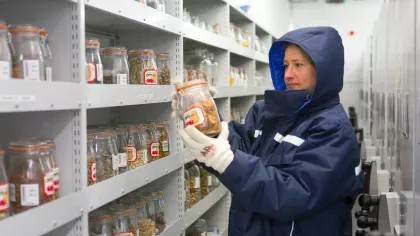30 March 2023
The Kew International Medal: Everything you need to know
The Royal Botanic Gardens, Kew annually awards the Kew International Medal to a distinguished individual. But what does our medal represent?

What is the Kew International Medal?
Our award is presented to one individual a year whose vital work is in line with Kew’s mission to ensure that plants and fungi are understood, valued and conserved.
First established in 1992, the prestigious medal acknowledges the winner’s globally recognised work which significantly adds to the knowledge and understanding of the world’s plants and fungi upon which human lives depend.
How is the medal winner chosen?
While anyone can submit a nominee, the recipient of the annual medal is selected by a panel comprising the Director of RBG Kew, Trustees and Executive Board Members, for their valuable work in science and conservation.
The panel uses the following set of criteria to select the winner, which the individual and their work must adhere to:
- Building a world where plants and fungi are understood, valued and conserved – because our lives depend on them
- Providing knowledge, inspiration and understanding of why plants and fungi matter to everyone
- Helping to solve some of the critical challenges facing humanity including (but not limited to): biodiversity loss, climate change, food security, plant pathogens, fighting disease
- Increasing public awareness of the threat to plant and fungal diversity
The 16th Kew International Medal winner
We are proud to award the 16th Kew International Medal to Suzanne Simard, Professor of Forest Ecology at the University of British Columbia (UBC) in Canada, and leader of both the Mother Tree Project and the Mother Tree Network.
Prof Simard was selected for this year’s Medal for her longstanding dedication to exploring and sharing the complexity and wonder of trees and forests. In particular, her work on how trees interact through below-ground fungal networks has led to the recognition that forests have hub trees, or Mother Trees: large, highly connected trees that play an important role in the flow of information and resources in a forest.
Suzanne adds, ‘forests are made of relationships that create community, and their connectedness keeps them healthy and resilient. Working to solve mysteries of what made forests tick, and how they are linked, made me the scientist I am today.'
Also recognised is her work as a science communicator. Prof Simard has published over 200 peer-reviewed articles and presented at conferences worldwide. Her pioneering work has been featured in magazines, podcasts, TED Talks, documentaries and radio programmes, where she conveys technical and often complex concepts and ideas to a wide array of audiences.
We are delighted to acknowledge Professor Simard’s invaluable work and devotion to championing biodiversity within forest management. Suzanne’s work wonderfully complements our vision; to build a world where plants and fungi are understood, valued and conserved – because our lives depend on them.

Previous medal winners
The Kew International Medal has previously been awarded to many notable figures for their important work in the fields of science and conservation, including Sir Robert and Lady Sainsbury (1994); Sir David Attenborough (1996); Stella RossCraig (1999); Margaret Stones (2000); Mary Grierson (2003); Professor Peter H. Raven (2009); Professor Jared Diamond (2012); Professor E. O. Wilson (2014); Dr Kiat W. Tan (2015); Professor Sebsebe Demissew (2016); Juan Manuel Santos, former President of Colombia (2017), President Mary Robinson (2018), Prof. Sandra Diaz (2019), and Prof. Sir Partha Dasgupta (2021).


